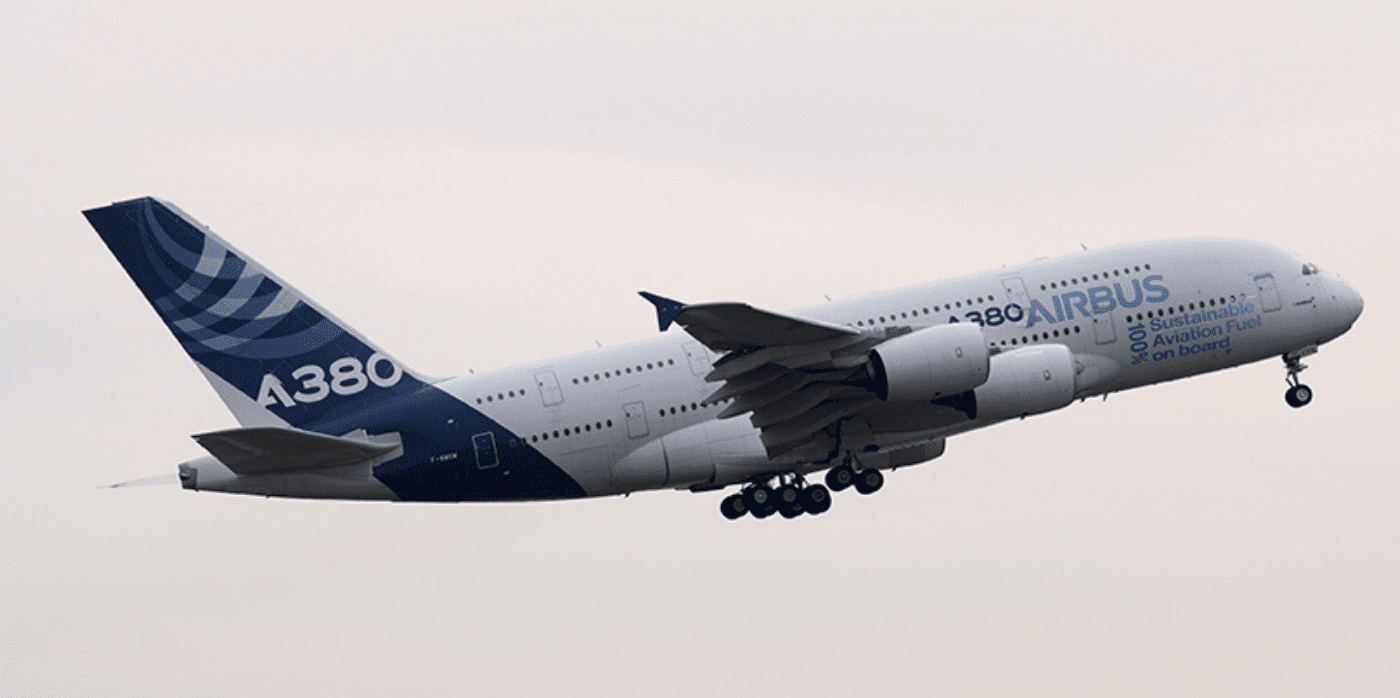A tool that predicts employee flight risk

The cost of employee turnover is difficult to quantify, but one estimate from Gallup suggests that voluntary employee turnover costs US businesses $1 trillion (around €915 billion) per year. And, according to payroll firm Remote, turnover rates have increased by nine per cent in the UK and US since 2019.
While the importance of talent retention is well understood, it can be difficult for HR departments to be proactive in holding onto their most valuable employees. By using algorithms to analyse masses of data, startup HR Signal is making it easy for companies to predict the chances that any employee will leave in the near future.
The startup’s software assigns each employee a ‘Retention Risk’ score that represents the likelihood that they will voluntarily leave their role in the next 90 days. This score is based on information on the current job market and patterns in career progression taken from millions of anonymised CVs. This is then supplemented by salary information and other forms of public data. So far, the startup has harvested data on over 50,000 job positions across all sectors.
If an employee’s Retention Risk score exceeds a certain level, they are automatically flagged to the HR team. The software then provides a step-by-step suggested workflow so that companies can plan suitable interventions and record the outcomes.
Using additional data about tenure trends both inside and outside the company, HR Signal’s platform also highlights potential promotion opportunities to encourage employee development – thereby increasing worker satisfaction and corresponding retention rates.
In the archive, Springwise has spotted many other innovations looking to improve employee well-being and boost retention, including workplace digital counselling services and smart greening solutions for the office.
Written By: Matilda Cox




